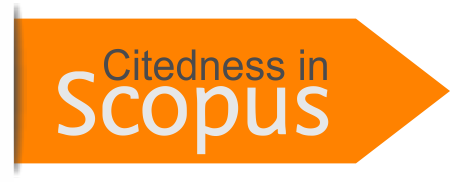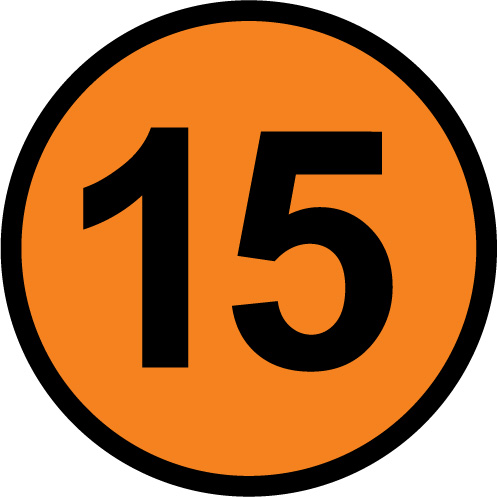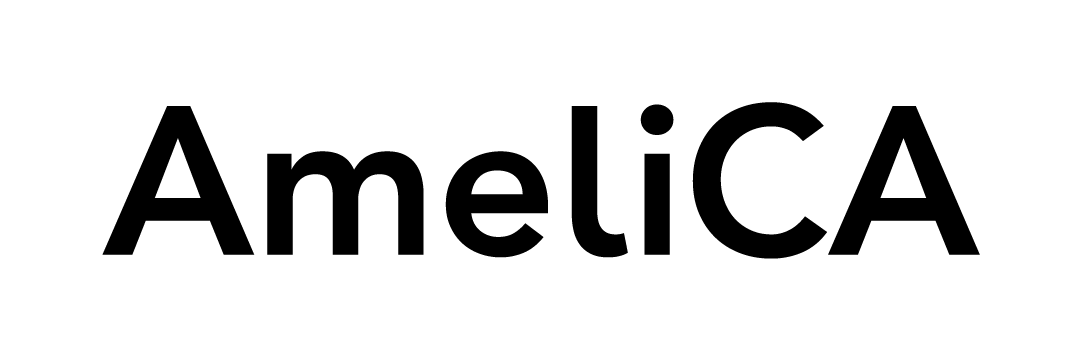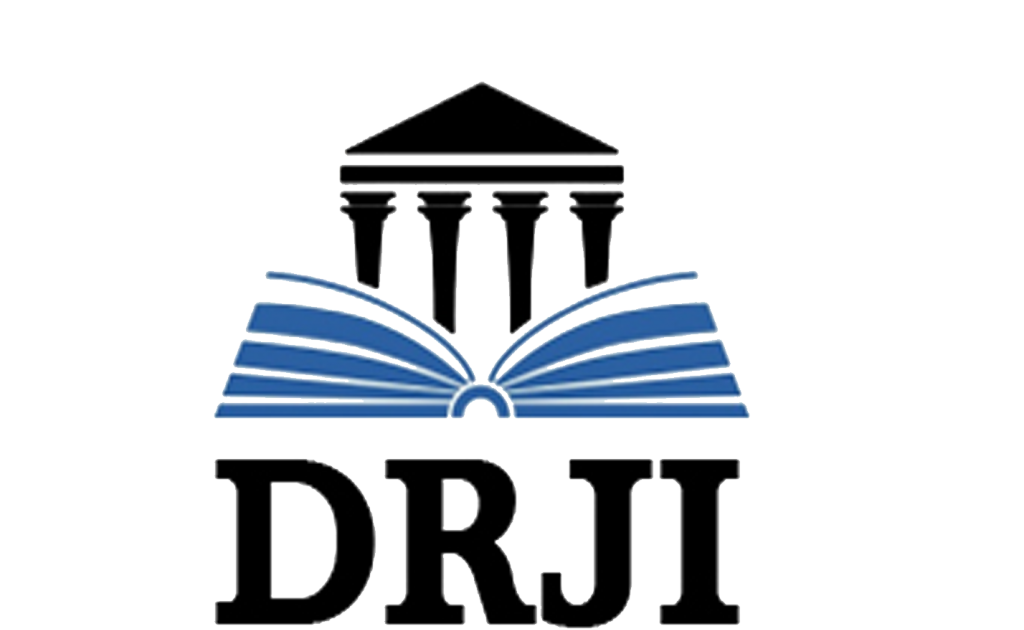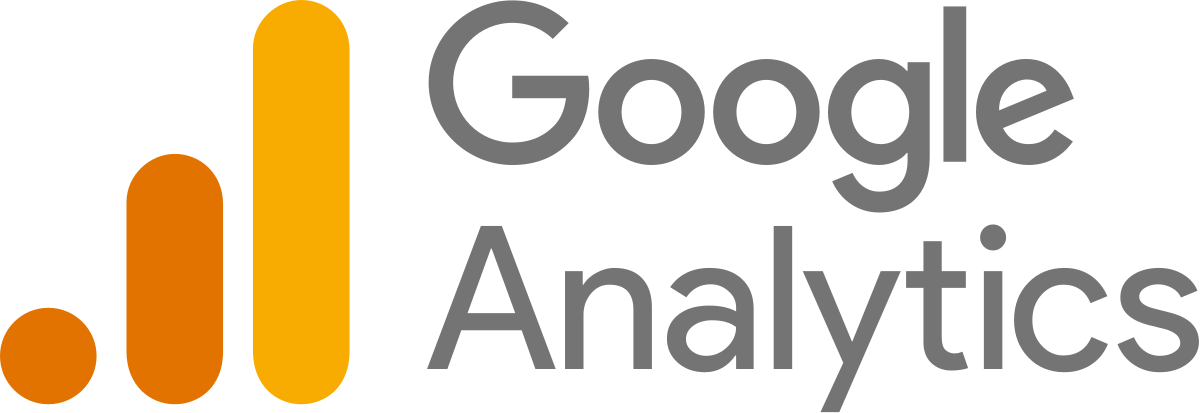Potentiality of virtuality in the academic formation of students of the faculty of health sciences. University of Guayaquil
DOI:
https://doi.org/10.53591/rug.v136i1.1685Keywords:
Virtuality, Education, Medical Sciences, PandemicAbstract
Virtuality became the ideal strategy during the health crisis due to SARS-CoV.2 to shovel the loss of face-to-face attendance in educational environments and especially higher education. In this sense, the training of human talent in health sciences, with its unique nature in acquiring practical and humanized skills to care for patients in situations of vulnerability. It is solved with these virtual strategies. The methodology used in this study was based on a systematic review of the state of knowledge on the potential of virtuality in training in health sciences, high-impact articles are recorded consulted in annealed and indexed databases, with the use of keywords, medical education, virtuality, Pandemics. The analysis is performed with the qualitative technique of content analysis. The results are presented, according to the meaning attributed in the findings found in the articles analyzed. A discussion was generated that leads to the conclusions on the leading role of virtual education in health sciences and higher education training in general and how the strategy of combining virtuality with other forms of teaching such as simulation, recorded real cases and others, is the ideal key to promote the acquisition of necessary skills in the training of student’s health sciences of the University of Guayaquil
References
Borja Villanueva, C. A., Gómez Carrión, C. E., Saravia Alviar, R. A., Hernández Romero, I. del R., & Condori Melendez, H. (2021). La virtualidad en la formación universitaria y el proceso de enseñanza aprendizaje en carreras de ciencias de la salud. Revista Conrado, 17(S2), 16-23. Recuperado a partir de https://conrado.ucf.edu.cu/index.php/conrado/article/view/1984
Emanuel, E. J. (2020). The inevitable reimagining of medical education. Jama, 323(12), 1127-1128. https://jamanetwork.com/journals/jama/article-abstract/2762453
Erlich, D., Armstrong, E., & Gooding, H. (2021). Silver linings: A thematic analysis of case studies describing advances in health professions education during the Covid-19 pandemic. Medical teacher, 1–6. Advance online publication. https://doi.org/10.1080/0142159X.2021.1958174
Franco-Coffré, Joicy Anabel et al. 2021. La Educación virtual en la formación profesional de enfermeros, durante la pandemia provocada por la COVID 19. Polo del Conocimiento, [S.l.], v. 6, n. 12, p. 762-775, dic. ISSN 2550-682X. Disponible en: <https://polodelconocimiento.com/ojs/index.php/es/article/view/3403>. Fecha de acceso: 28 ago. 2022 doi:http://dx.doi.org/10.23857/pc.v6i12.3403
Lozada-Martínez I, Aristizabal-Carmona B. Simuladores virtuales como herramienta fundamental en la educación médica clínica en tiempos de COVID-19. Educación Médica Superior [Internet]. 2021 [citado 28 Ago 2022]; 35 Disponible en: http://ems.sld.cu/index.php/ems/article/view/3059
Quiroz Silva, J. E., & Romero Jeldres, M. (2014). La virtua-lidad una oportunidad para innovar en educación: Un modelo para el diseño de entornos virtuales de apren-dizaje. Didasc@lia: Didáctica y Educación, 5(1), 1-22. https://dialnet.unirioja.es/descarga/articulo/6584034.pdf
Mahase, E. (2020). Covid-19: medical students to be employed by NHS as part of epidemic response. BMJ: British Medical Journal (Online), 368. https://www.proquest.com/openview/8dc8d3cfdf8e24e980dbd7591d19a057/1?pq-origsite=gscholar&cbl=2043523
Rose, S. (2020). Medical student education in the time of COVID-19. Jama, 323(21), 2131-2132. https://jamanetwork.com/journals/jama/article-abstract/2764138
Salazar-Botello, M., Mendoza-Llanos, R., & Muñoz-Jara, Y. (2020). Impacto diferenciado del tiempo de formación universitaria según institución de educación media en el desarrollo de habilidades sociales. Propósitos Y Representaciones, 8(2), e416. https://doi.org/10.20511/pyr2020.v8n2.416
Sánchez Rosal, A. (2021). Aprendiendo desde la virtuali-dad. Competencias en contextos educativos virtuales. Educ@ción en Contexto, 7(13), 9-32. https://educacio-nencontexto.net/journal/index.php/una/article/down-load/145/265
Tanaka M.J., L.S. Oh, S.D. Martin, E.M. Berkson Telemedicine in the Era of COVID-19: the virtual orthopaedic examination J Bone Joint Surg Am, 102 (12) (2020 Jun 17), p. e57
Zambrano Acosta, J., Laurencio Leyva, A., & Milán Licea, M. R. (2018). La virtualidad como alternativa de forma-ción universitaria. Didasc@lia: Didáctica y Educación, 9(2), 159-178. https://dialnet.unirioja.es/descarga/arti-culo/6596592.pdf
Zelada Vargas, Jorge, & Vargas Murillo, Gabino. (2016). La enseñanza virtual en la facultad de medicina - Universidad Mayor de San Andrés una primera experiencia en el pregrado. Cuadernos Hospital de Clínicas, 57(2), 70-78. Recuperado en 28 de agosto de 2022, de http://www.scielo.org.bo/scielo.php?script=sci_arttext&pid=S1652-67762016000200012&lng=es&tlng=es.
Vialart Vidal, M. N. (2020). Estrategias didácticas para la virtualización del proceso enseñanza aprendizaje en tiempos de COVID-19. Educación Médica Supe-rior, 34(3), 1-10 http://scielo.sld.cu/scielo.php?script=sci_arttext&pid=S0864-21412020000300015
WHO Virtual press conference on COVID-19 – 11 March 2020 (2020)
Published
How to Cite
Issue
Section
License

This work is licensed under a Creative Commons Attribution-NonCommercial-NoDerivatives 4.0 International License.

This work is licensed under a Creative Commons Attribution-NonCommercial-NoDerivatives 4.0. International License.
You are free to:
- Share — copy and redistribute the material in any medium or format
- The licensor cannot revoke these freedoms as long as you follow the license terms.
Under the following terms:
- Attribution — You must give appropriate credit , provide a link to the license, and indicate if changes were made . You may do so in any reasonable manner, but not in any way that suggests the licensor endorses you or your use.
- NonCommercial — You may not use the material for commercial purposes .
- NoDerivatives — If you remix, transform, or build upon the material, you may not distribute the modified material.
- No additional restrictions — You may not apply legal terms or technological measures that legally restrict others from doing anything the license permits.





